
It is also a great investment in your DJ career.
But make sure you do your research on the best turntables as well as on the complete setup that goes with it.
You want to ensure you get exactly what you need and you don’t overspend.
Of course you want to buy the best, but it’s easy to get carried away and spend a fortune on new DJ equipment.
Try to resist that urge.
Budgeting smart and purchasing only essential pieces of gear allows you to put together a pro-quality setup that won’t cost you a fortune.
Contents
The Best DJ Turntable Setups For Beginners
The best gear for you depends in large part on your goals. You first need to decide what type of DJ you want to be. Is it just a hobby or will you spin professionally? Will you play private events, clubs, or both?
Once you know the type of DJing you will do, you can begin to plan the equipment you need. For example, if you only play clubs, you don’t need to bother buying speakers, since clubs already have those.
What Gear Do I Really Need?
So, you’re trying to purchase a new DJ turntable setup on a budget? Before you start ordering a lot of gear you don’t even need, let’s go over your options. Even the best turntable may be a poor fit if you’re interested in a digital setup.
If you simply want a turntable setup to play at a party every now and then, you don’t need to spend a fortune on expensive DJ equipment. But if you want a full digital turntable DJ setup, it can get pricey.
The most important part of DJing is sequencing and music selection. While vinyl definitely has a richer, warmer sound than a digital recording, most successful DJs have CDJs in their booth.
Adding A Computer To The Mix
You don’t need much to get started DJing. A simple turntable, like the ultra-budget Audio Technica AT-LP60, some software, and a laptop are often enough to get you started.
Additionally, it’s very simple to load songs onto a software program designed specifically for DJing, so you can have all the music you need, right at your fingertips. This is the most basic system for beginning DJs. But even with this simplest of setups, you still need an audio interface.
An audio interface has multiple inputs and outputs and that allow you to connect various audio equipment to your computer. They also take the sound from the computer and convert it to give it a richer, fuller sound once it’s amplified. You need one anytime you are using a computer to create music.
Most models will also have a headphone jack, which allows you to preview upcoming tracks before they’re mixed. For DJing purposes, all you need are a few outputs and inputs but some models will come with four or five, which is great for studio recording sessions.
If you’re relying on a laptop to mix tracks, it can become frustrating to not have total control over the sound. Even basic tasks such as beatmatching and crossfading need to be performed using the keyboard, but obviously, these tasks are much easier (and more fun), when you have knobs and faders.
That is where a controller comes in. It has the controls DJs are used to and allows you to mix music with your computer, while still enjoying the usual controls, so that you do not have to rely on a keyboard. Luckily, most entry-level packages for DJs include a USB controller.
That said, many DJs avoid using controllers because it takes away from scratching. They feel that using a controller doesn’t require the same type of skill as scratching on a real turntable.
If you’re up for the challenge and you’re looking for a classic way to mix tracks then there is no substitute for the turntable, especially when it comes to mixing and beatmatching. The turntable offers that classic tactile feel that you can’t replicate using a controller or expensive software programs.
Of course, software programs also fail in their attempt to replicate the sound of vinyl scratching. There simply is nothing like the real thing.
The Club DJ
For this type of setup, you’re going to need two turntables to start with. Ideally, you want good quality DJ turntables, like the Pioneer Pro DJ PLX-1000 featured in this article of the best sampling turntables.
You also need a mixer to connect the turntables to. The mixer gives you control over the effects, EQ, volume, and the different audio channels. Fortunately, there is no shortage of affordable mixers on the market to choose from.
You will also need a pair of DJ quality headphones. If your setup only consists of a laptop, you may not even want to bother with headphones. But the traditional scratcher will never be seen in the club without them.
These headphones are used to listen to the next track, while the current one is playing over the club speakers. This allows you to beatmatch the next track to the current one and get it ready for when you switch over.
Unlike consumer quality headphones or headphones that are used for recording, DJ headphones replicate treble and low-end frequencies like you hear them in clubs. These headphones also generally feature a type of closed-ear design that works to isolate sound.
As you can probably imagine, one of the biggest issues a DJ has to deal with is transporting all of the equipment. If you have a standard turntable style set up then you can expect to haul around crate after crate of records and gear.
If you don’t have a vehicle that can accommodate all this gear, it can be very limiting and terms of what vinyl you bring along with you, so you can add a car to your list of required equipment.
CDJ
As mentioned earlier, many modern DJ’s use a CDJ setup. If you’re looking to add to your existing gear, this piece of equipment is worth a closer look.
Back in the day when CDs first replaced vinyl, the DJ adapted to learning how to create sets using CDs. Using a CDJ, you can mix and queue up tracks from CDs using a jog wheel. This is used in combination with an LCD screen that contains info concerning key points, frequencies, and tempo.
Many DJ’s prefer to stick to turntables, but CDJs have also become very popular among the pros. This is because they offer the best mix of quick access to music and tactile control. They are quite expensive, however.
Speakers
Considering all the different types of gear on the market, putting together your first set up can be an overwhelming process. And speakers are one of the most confounding purchases, due to the huge number of options.
The good news is that you can purchase an affordable pair of studio monitor speakers and still hear your mixes with optimal clarity. You don’t need to spend a ton of money, but you should also avoid the deep budget models.
High-fidelity speakers are able to produce crystal clear sound, which the lower priced audio equipment fails to do. They’re also known to amplify specific frequencies, which can make it complicated for a newbie to hear what the music they’re mixing actually sounds like. Again, that is where headphones can come in handy.
For that reason, speakers are an optional piece of gear for a basic setup. Once you start playing at clubs you’ll find that most clubs have their own sound systems already in place, so you don’t have to worry about purchasing speakers.
That said, if your goal is to cater to private parties, backyard barbecues, or other types of get-togethers, you’ll need to invest in a pair of high fidelity speakers.
The Ultimate DJ Turntable Setup: Best Of Both Worlds
If you want to enjoy the best of both worlds and you don’t want to have to lug around several crates of expensive vinyl to every show then you may be better off with a standard laptop / turntable setup.
If you’re going to make any money as a DJ, you can expect to play longer sets. Being a DJ that works strictly with vinyl is not exactly practical.
If you’re getting paid for your set, then you’ll probably be required to play for several hours. Considering how draining it can be to physically haul around all that vinyl, you’ll be limited in what type of music you will have on hand.
At most clubs, the club owners aren’t going to exactly care what type of DJ you are as long as you play the music they like. But many clubgoers do like to see you exhibit the skills required to DJ with a turntable.
The turntable and laptop setup is a great alternative, because it lets you use a turntable and show off for a bit, then switch to digital tracks on your laptop, when you’ve played the vinyl tracks you wanted to.
DJ Software Programs
First things first. In addition to a reliable laptop, you’ll need a DJ software program. There are several options available these days, with many of the top programs offering a variety of functionality. Most DJs highly recommend Serato, which is a beginner-friendly program with tons of advanced features. It is very versatile and easy-to-use.
Additional Gear
You will also need at least one turntable, an audio interface, headphones, and digital records and slip mats for every turntable.
What Is A Digital Record?
A digital record is a special type of vinyl record that doesn’t contain any music. Instead, it is imprinted with a repeating sine wave complete with an embedded time code that can be read by the turntable’s needle.
The information from this record is then transmitted through the sound card mixer interface to the laptop via USB. It lets the software program know the velocity of the record and the location of the needle.
This information is then applied to the playback of the track that’s loaded into the virtual turntable in the program. This allows you to control the digital track in the computer using the record on the turntable, exactly the way you would with a real record.
If you increase or decrease the pitch on the turntable that information gets transmitted to the computer and is applied to the digital track. If you want to do some scratching, the same thing happens.
You move the record back and forth, which essentially means that you’re moving the record’s timecode back and forth. The time code tells the PC which specific part of the track should be moved forward or backward when you’re scratching the record.
Many DJs claim that this innovative technology sounds like the real deal. With this type of setup, you can easily purchase vocal acapella, send files, and even sample packs.
You can buy music in any genre and load it onto the DJ software program in a matter of seconds. This comes in handy if you’re at a gig and you get a request to play music in a genre that you don’t have on hand. Essentially, this setup gives you a limitless supply of music anywhere you go.
Turntable Setup For Beginning DJs: Final Thoughts
Whether you have a traditional DJ turntable setup, or you’ve decided to give the hybrid option of playing with a turntable and a laptop a try, learning how to mix, cue tracks, and make smooth transitions is important.
Practicing your scratching techniques, and working on creating sets of music in different genres are also important. All of this will have an impact on your success as a new DJ.
Remember, choose a new setup based on your budget and your goals. Are you planning on only playing for friends and family, or do you want to play professionally at a club? Get the setup that matches your goals.
Hybrid setups are generally more expensive, simply because you need to buy more equipment: in addition to a reliable laptop, DJ software and an audio interface, you also need at least one turntable with a digital record and a slip mat, and headphones.
Most feel it is worth the additional expense, since this option is by far the most convenient. You get to enjoy the feel of using a turntable, and the audience gets to enjoy watching you use one, while not being limited to just the vinyl record you can lug around with you.
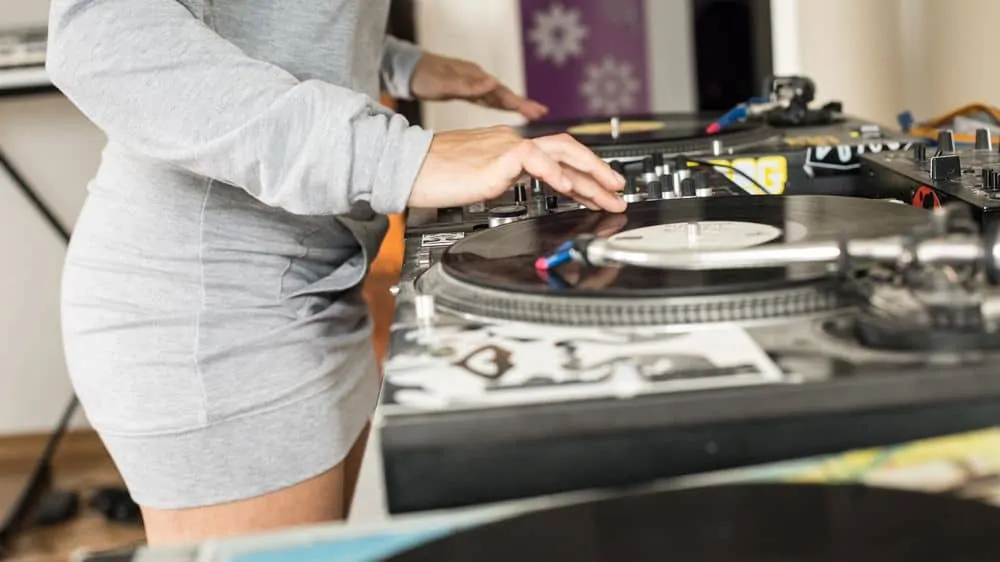
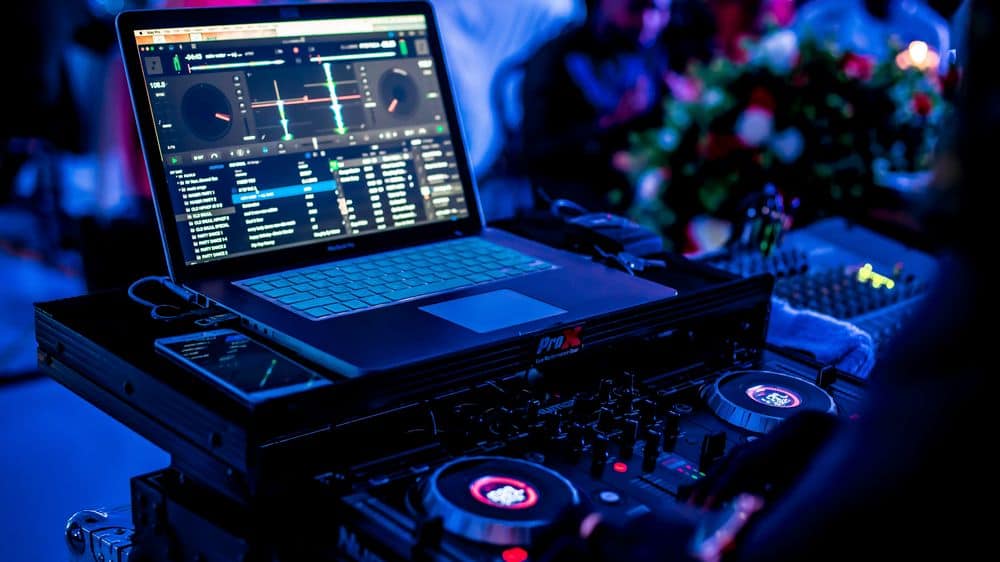
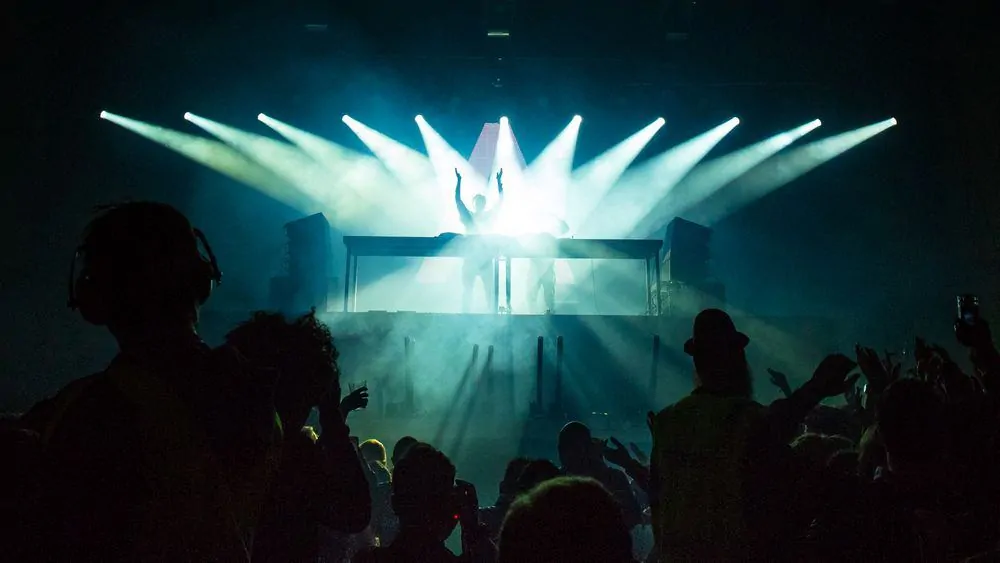
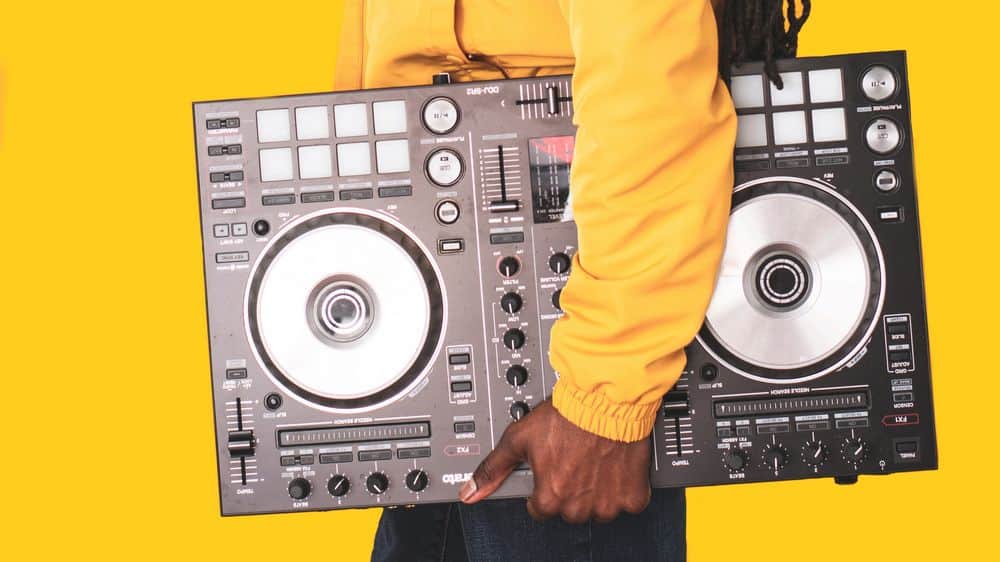
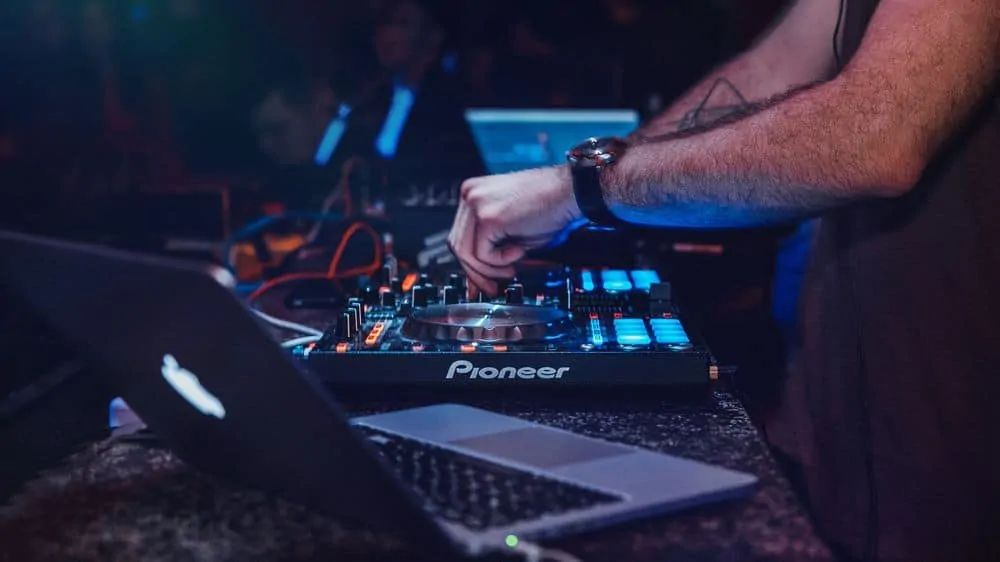
Leave a Reply